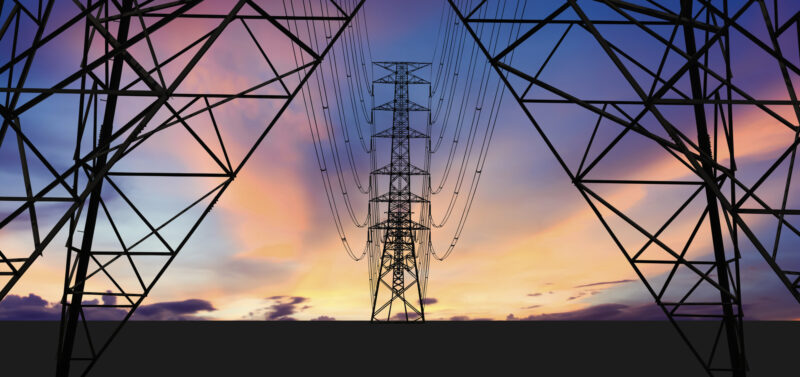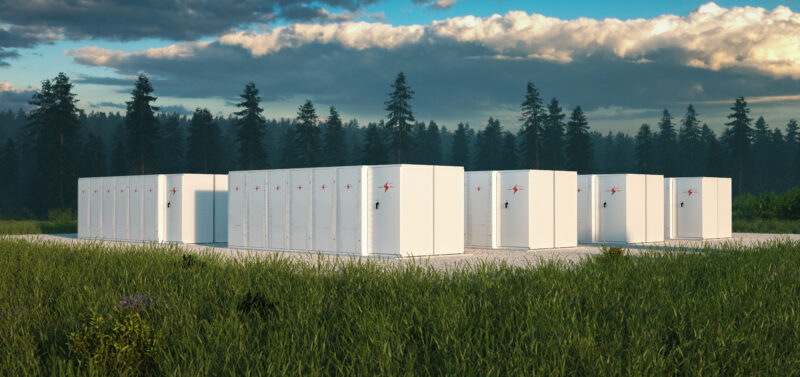In support of our increasingly in-demand Energy Market Team, Environmental Science Associates (ESA) has recently...
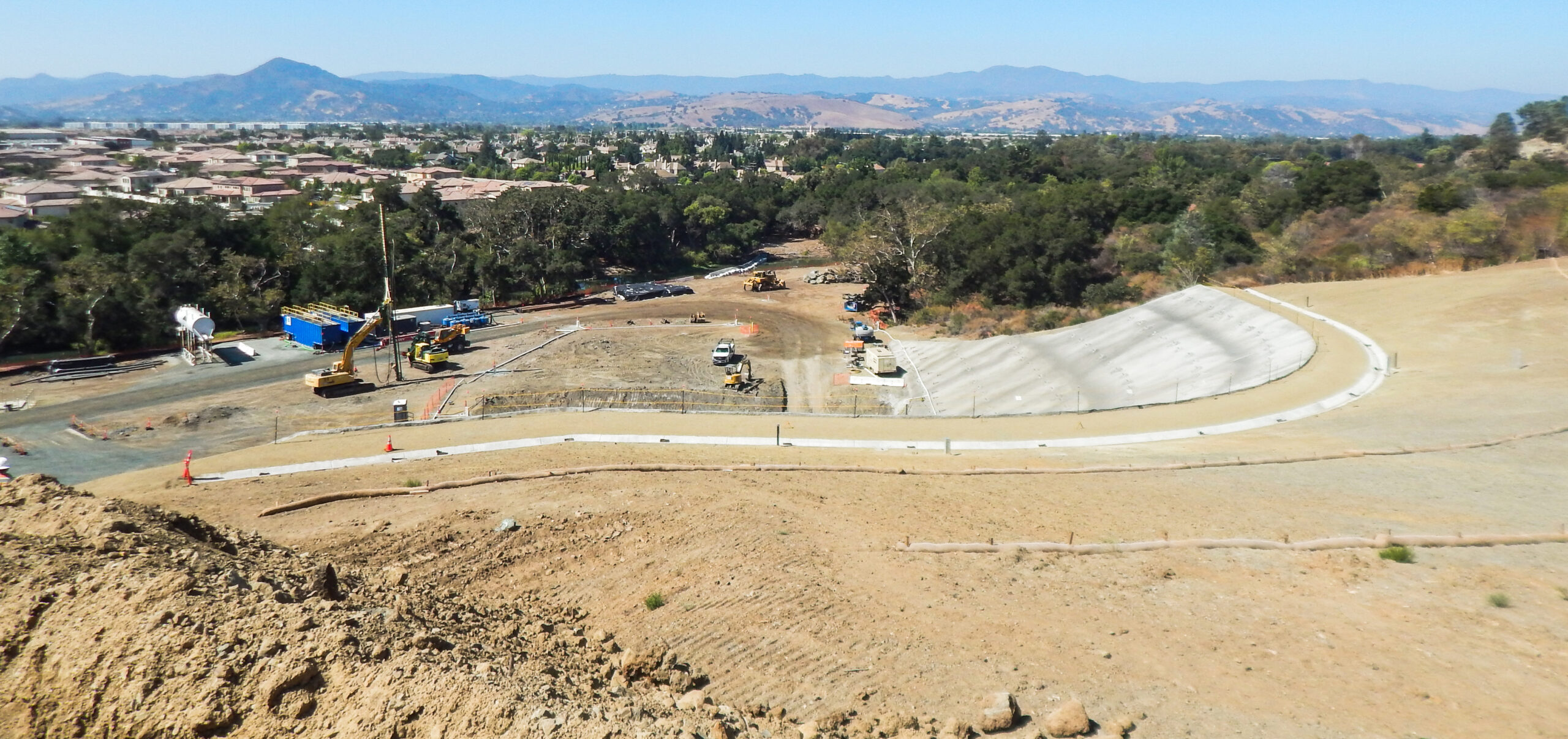
Anderson Dam Tunnel Project
Anderson Dam, the largest surface reservoir in Santa Clara County, is currently under construction to rehabilitate critical seismic instabilities that have drastically impacted its ability to store and deliver water supplies within the County.
Why does this project matter?
Originally built in 1950, Anderson Dam has a storage capacity of approximately 90,000 acre-feet of rainfall runoff and imported water, serving as an important water source for treatment plants and groundwater basin recharge within the County. Due to seismic risk, the Dam is currently able to accommodate only 3% of its total capacity, limiting drinking water supplies, as well as adversely impacting water quality and wildlife. Once completed, the Anderson Dam Tunnel Project will renew safe water storage and delivery to Valley Water customers.
What is ESA doing to help?
ESA is part of the COWI construction management team supporting Valley Water in its oversight of the contractor working to rehabilitate Anderson Dam. As the construction management team’s environmental lead, ESA reviews all environmental submittals from the contractor to ensure that they meet the standards of the contract, and where needed, the standards of the approving agencies. This role requires a clear understanding of construction means and methods and a thorough knowledge of Valley Water’s regulatory commitments.
ESA oversees all aspects of the contractor’s performance, including biological resource surveys, water quality/storm water pollution prevention plan implementation, tunneling spoils testing, stockpile management, and air quality monitoring. Additionally, our team monitors the contractor’s compliance with specifications, including mitigation commitments, wildlife protection, historical, archaeological, and cultural commitments, and environmental permits. The foremost commitments are those resulting from the Regional Water Quality Control Board 401 Certification, which requires extensive water quality monitoring.
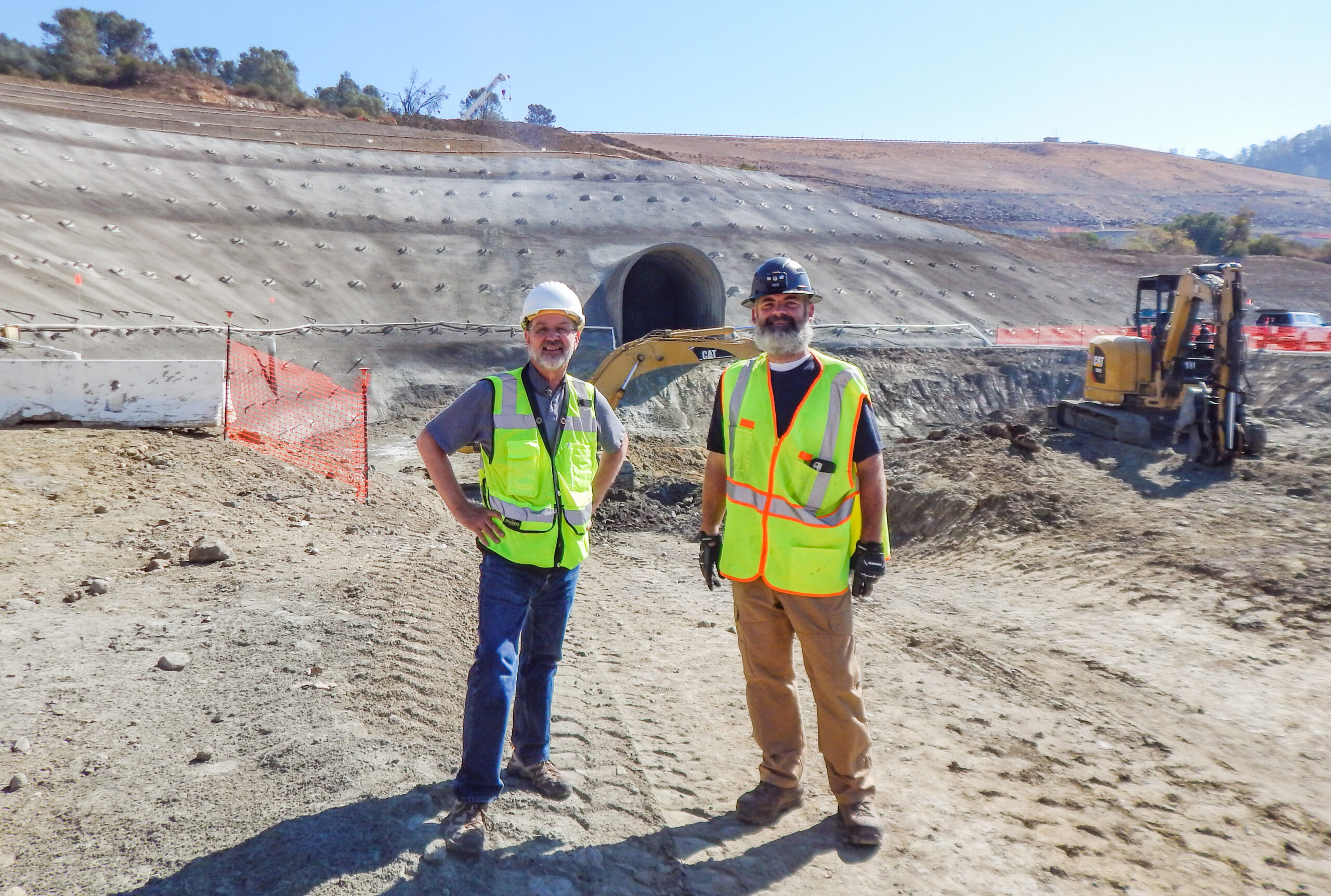
Further, ESA is working closely with Valley Water to develop the Environmental Compliance Monitoring Plan (ECMP), which describes the approach to and procedures for documenting and achieving compliance. The ECMP incorporates all project environmental conditions, including terms and conditions from environmental permits and avoidance and minimization measures adopted by Valley Water, as well as documentation and reporting requirements of the Federal Energy Regulatory Commission (FERC). A key aspect of our ECMP approach is to develop a framework that emphasizes resolving issues in the field directly with the contractor wherever possible, thereby avoiding potential delays or non-compliance reports.
Connect with our team
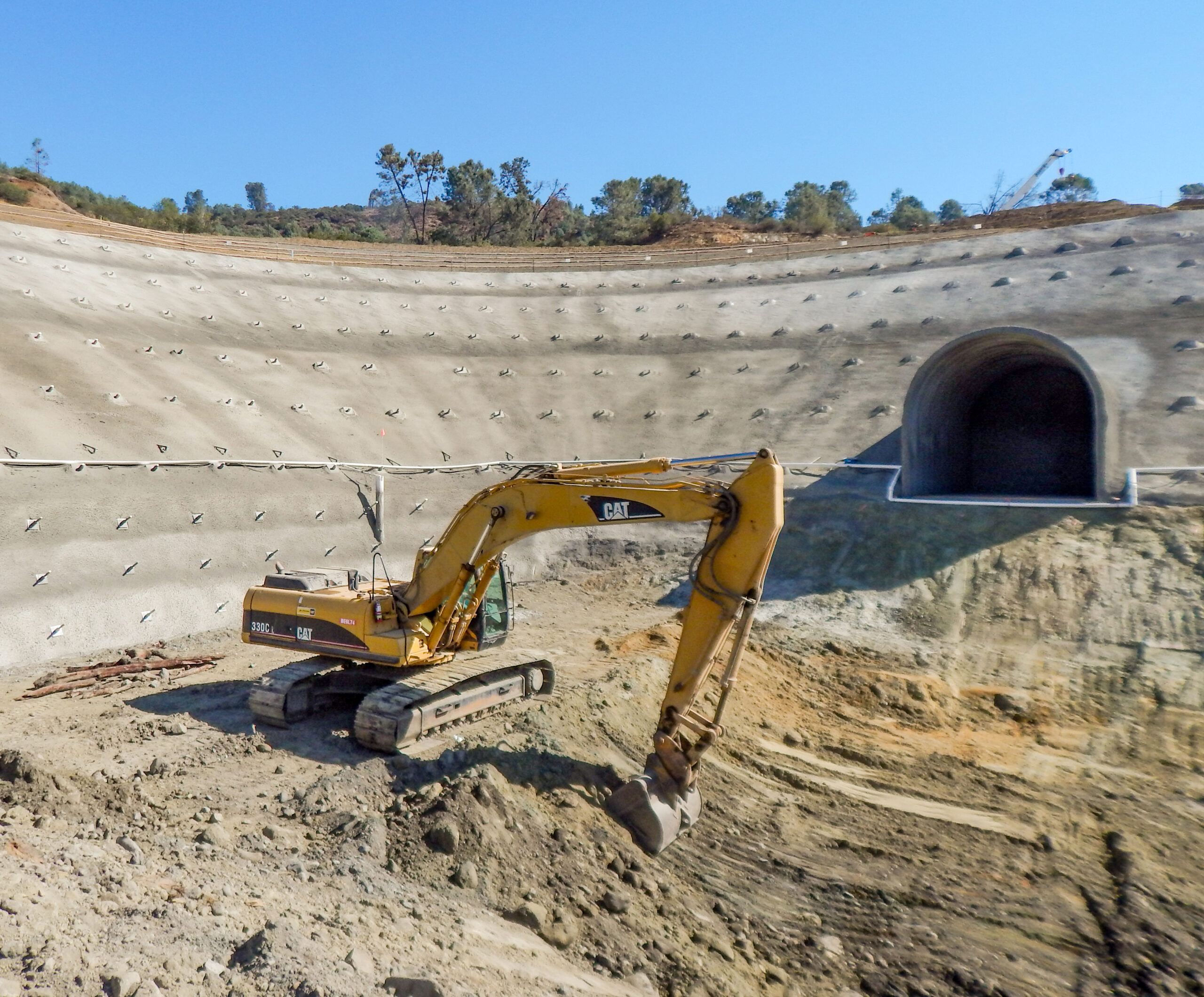
Excavating the infrastructure for the emergency dam release.
News & Ideas
Battery energy storage provides numerous benefits: it can prevent power outages, maximize the utilization of...
The energy landscape is changing rapidly—and with it comes a growing need for efficient and...
It’s been weeks since the event, but I’m still reflecting on the 2024 Mobility 21...
On December 10, 2024, the U.S. Supreme Court heard oral arguments on Seven County Infrastructure...
After the presidential election, our cultural resources experts are watching for significant adjustments to cultural...

